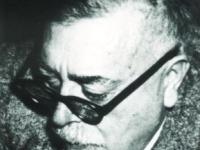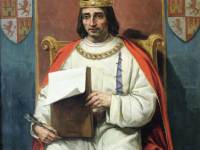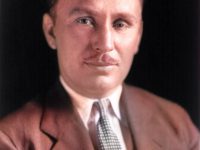Norbert Wiener and the Science of Cybernetics
On November 26, 1894, American mathematician Norbert Wiener was born. Wiener established the science of cybernetics, a term he coined, which is concerned with the common factors of control and communication in living organisms, automatic machines, and organizations. He attained international renown by formulating some of the most important contributions to mathematics in the 20th century. “Scientific discovery consists in the interpretation for our own convenience of a system of existence which has…
Read more





















